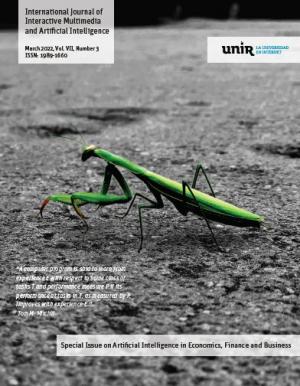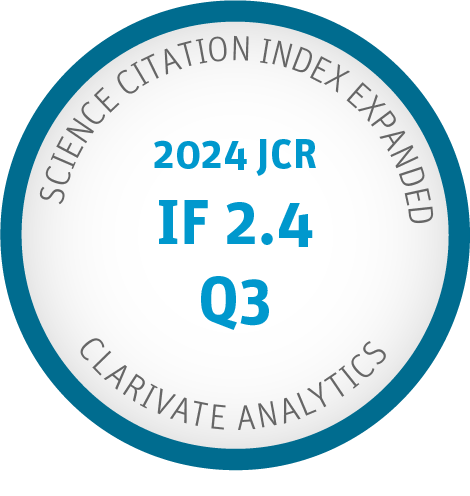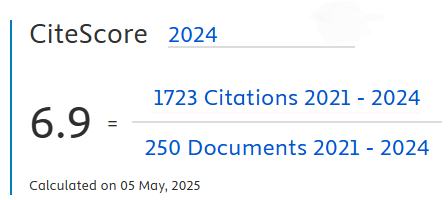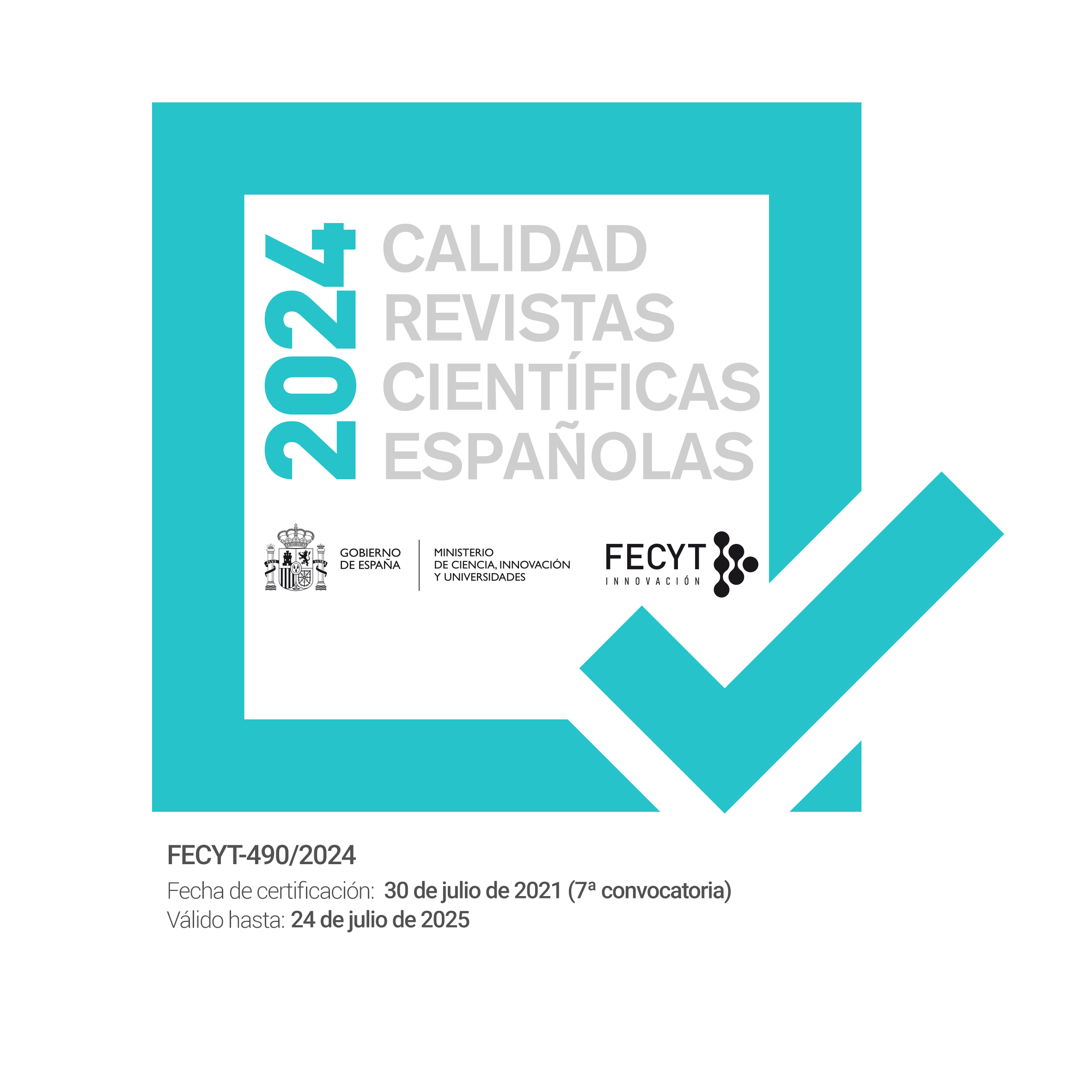Editor's Note.
DOI:
https://doi.org/10.9781/ijimai.2022.02.009Keywords:
Editors NoteAbstract
Machine learning (ML) is generating new opportunities for innovative research in areas apparently unrelated such as, economics, business or/and finance. Specifically, it has also been widely used in applications related to the economic and financial analysis, such as economic recessions prediction, labor market trends, risk management, prices analysis among others. However, it is important to note the differences between classical statistics/econometrics and machine learning. On the one hand, econometrics set out to build models designed to describe economic problems, while machine learning uses algorithms, generally for prediction, classification, and also, can manage a large amount of structured and unstructured data and make fast decisions or forecasts. As S. Athey points out, perhaps “a key advantage of ML is that it frames empirical analysis in terms of algorithms that estimate and compare many alternative models. This approach contrasts with econometrics, where (in principle, though rarely in reality) the researcher picks a model based on principles and estimates it once”. This Special Issue presents nine contributions that illustrate both approaches in the domain of economics, finance and business.
Downloads
References
H. Ghoddusi, G. C. Creamer, and N. Rafizadeh, “Machine learning in energy economics and finance: A review,” Energy Economics, vol. 81, pp. 709-727, 2019.
P. Gogas and T. Papadimitriou, “Machine learning in economics and finance,” Computational Economics, vol. 57, no. 1, pp. 1-4, 2021.
S. Athey, “The impact of machine learning on economics,” The economics of artificial intelligence: An agenda, pp. 507-547, 2018.
Downloads
Published
-
Abstract179
-
PDF18









